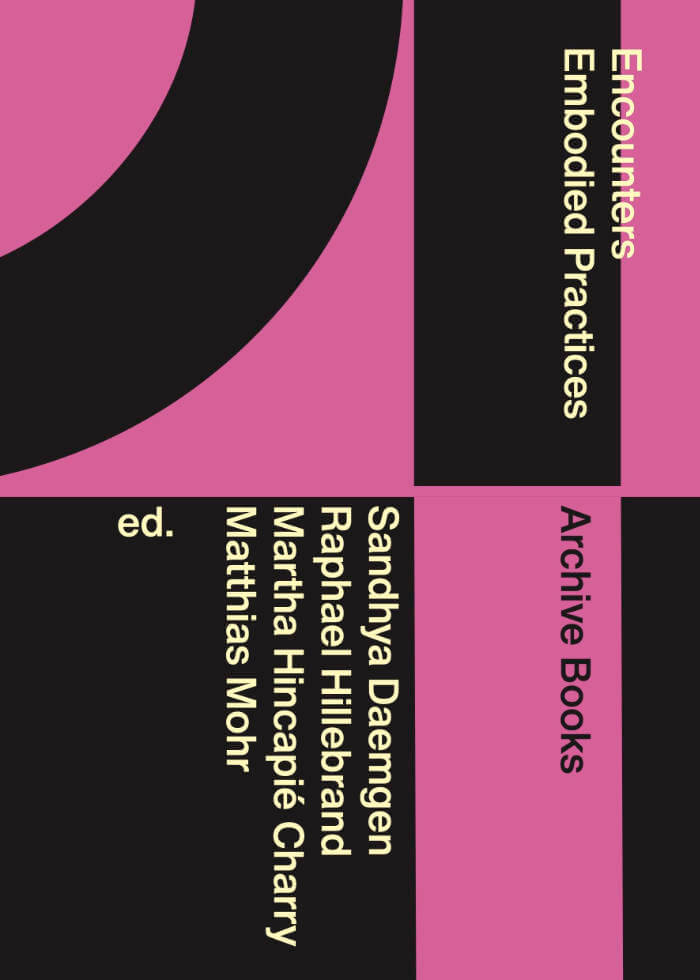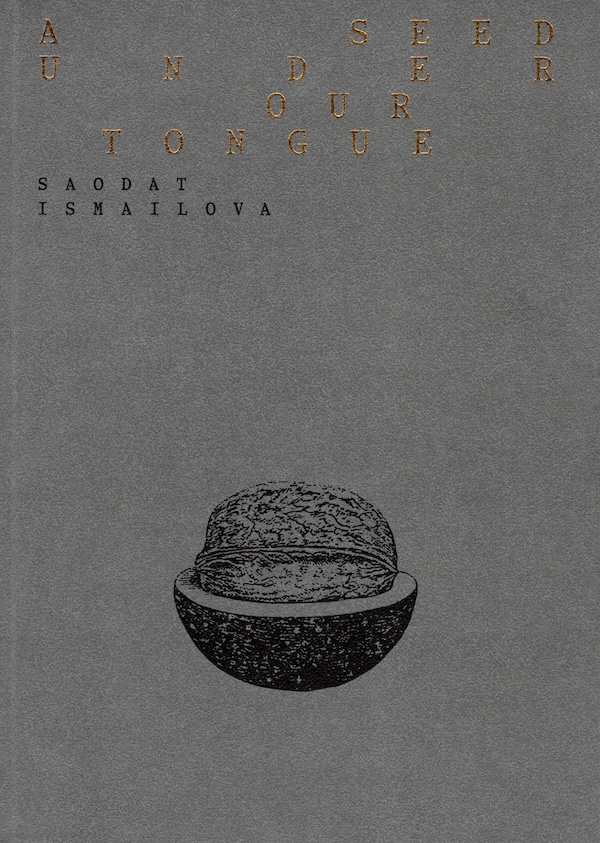
Film in the Present Tense
K.Schroedinger ed. , D. S. Phillips ed. , L.Greenfield ed.
This book brings together contributions from participants and guests of Film in the Present Tense – International Symposium on Current Developments in Analog Film Culture, held in Berlin. It reflects a contemporary discussion around the use, value and purpose of analogue film from a multiplicity of perspectives: artists, filmmakers, scholars, archivists, curators, technicians and manufacturers. Film in the Present Tense intends to provide a documentation of the collective momentum that characterized the symposium and it responds to the persistent desire to keep talking about analogue film.
Organized by LaborBerlin in collaboration with Filminstitut Udk Berlin.
Author(s): (ed.) L.Greenfield, D. S. Phillips, K.Schroedinger
Contributors: Nicola Baldini, Erika Balsom, Petra Belc, Christa Blümlinger, Britt Al-Busultan, Anja Dornieden, Juan David Gonzáles Monroy, Guy Edmonds, Scott Fitzpatrick, Tiago Ganhão, Sally Golding, Luisa Greenfield, Philip Hoffman, Emmanuel Lefrant, Olga Moskatova Aurélie Percevault, Deborah S. Phillips, Martin Reinhart, Nicolas Rey, Julian Ross, Katia Rossini, Kerstin Schroedinger, Guy Sherwin, Björn Speidel, Peter Taylor, Esther Urlus, Stefanie Weberhofer, Philip Widmann, Zero Pixel, Ulrich Ziemons







